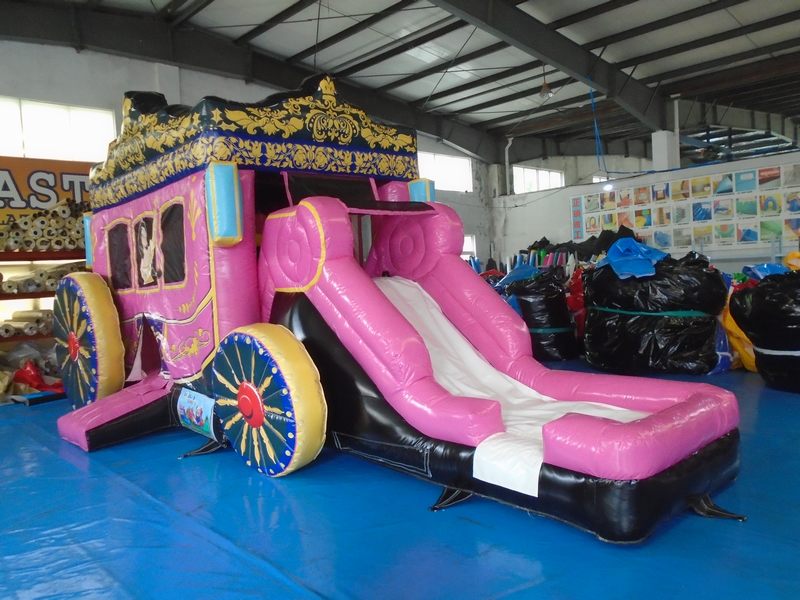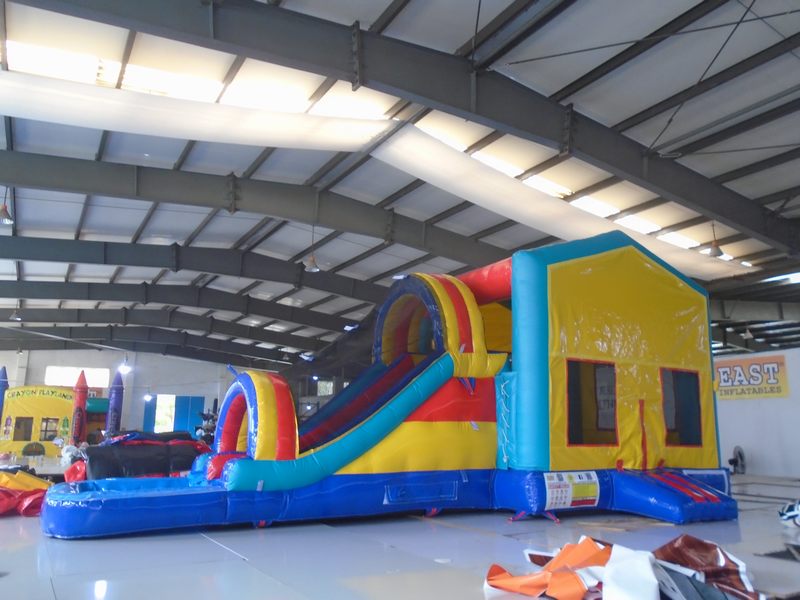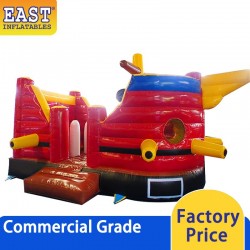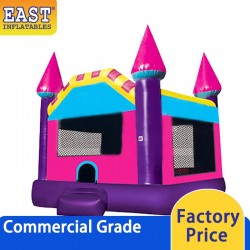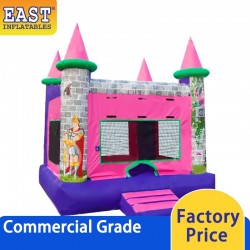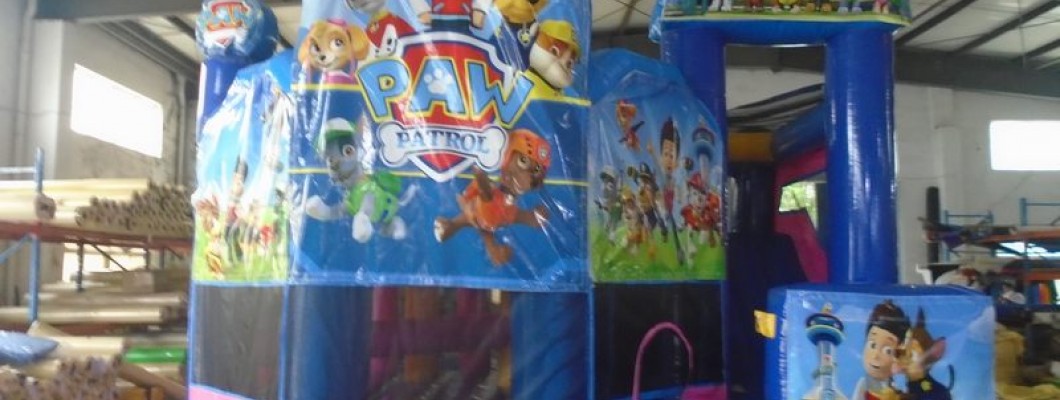
Inflatable castles, also known as bounce houses or bouncy castles, are popular attractions for children's parties and events. Given their frequent use and the enthusiastic play they endure, it is important to understand their durability and resistance to wear and tear. This article explores the factors affecting the lifespan of inflatable castles and offers tips for maintaining their condition.
Factors Affecting Wear and Tear
Inflatable castles are designed to be durable, but several factors can affect their resistance to wear and tear:
- Material Quality: The quality of the materials used in the construction of the inflatable castle plays a significant role in its durability. High-quality vinyl or nylon materials are more resistant to wear and tear compared to lower-quality alternatives.
- Frequency of Use: Frequent use can contribute to wear and tear. The more often the inflatable castle is used, the more stress it endures, which can lead to quicker degradation over time.
- Proper Maintenance: Regular maintenance and proper care are crucial for prolonging the life of an inflatable castle. Neglecting maintenance can lead to issues such as leaks, tears, and overall deterioration.
- Setup and Storage: How the inflatable castle is set up and stored can also impact its durability. Setting up on rough or abrasive surfaces, or improper storage, can cause damage to the material.
Signs of Wear and Tear
Regularly inspecting your inflatable castle for signs of wear and tear can help address issues before they become major problems. Common signs include:
- Leaks: Air leaks can indicate material damage or punctures. If you notice the inflatable castle deflating more quickly than usual, inspect it for leaks.
- Tears or Holes: Small tears or holes in the material can lead to more significant damage if not repaired promptly.
- Fading Colors: While fading does not affect the functionality, it can indicate prolonged exposure to sunlight, which can weaken the material over time.
- Fraying Edges: Check the edges and seams for signs of fraying or wear, which can indicate material fatigue.
Maintaining Inflatable Castles
To extend the lifespan of your inflatable castle and reduce wear and tear, follow these maintenance tips:
- Regular Cleaning: Clean the inflatable castle regularly to remove dirt, debris, and other contaminants. Follow the manufacturer’s cleaning instructions to avoid damaging the material.
- Inspect and Repair: Regularly inspect the inflatable for any signs of damage. Repair any tears or holes promptly using appropriate repair kits designed for inflatable castles.
- Proper Storage: Store the inflatable castle in a dry, cool place when not in use. Avoid storing it in direct sunlight or in damp conditions, as these can weaken the material.
- Safe Setup: Ensure the inflatable castle is set up on a clean, smooth surface. Avoid placing it on rough or abrasive surfaces that could cause damage.
Conclusion
Inflatable castles are designed to be durable and resistant to wear and tear, but their lifespan depends on various factors including material quality, frequency of use, and maintenance. By understanding the factors that affect durability and following proper care guidelines, you can ensure that your inflatable castle remains in good condition and continues to provide fun and entertainment for years to come.

